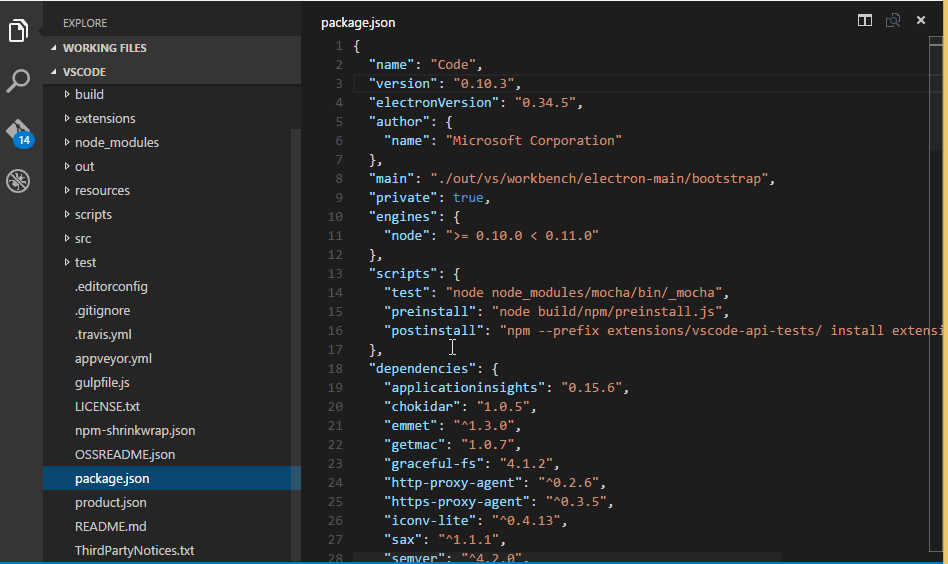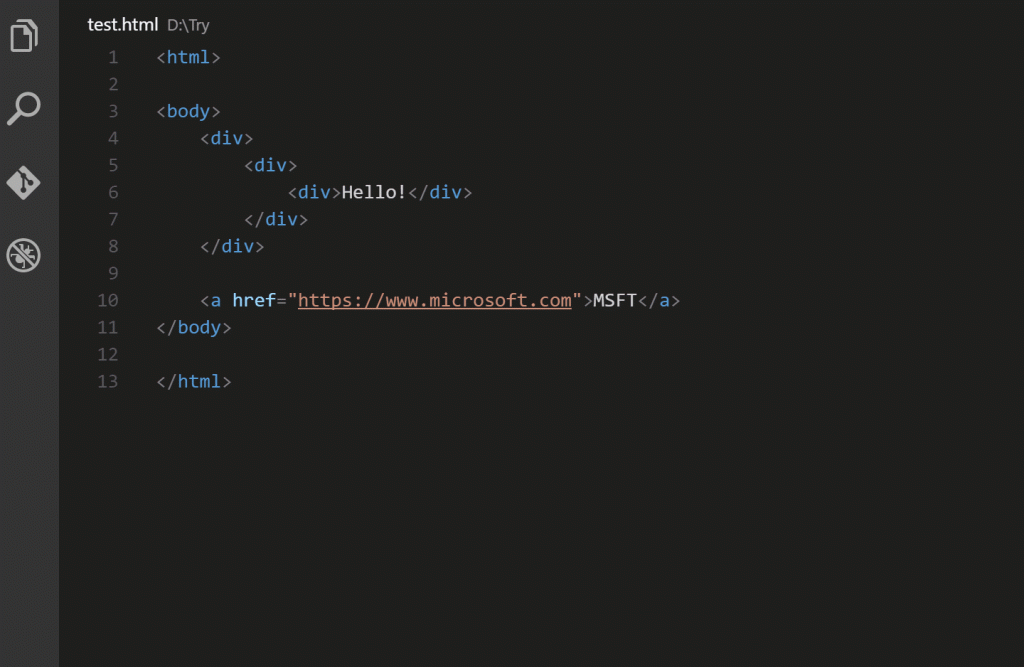

VS Code – All examples will be using VS Code 1.44 although earlier versions will likely work as well.To follow along with this Visual Studio Code Git tutorial, please be sure you have the following: This tutorial will focus on learning Visual Studio Code.ĭoes this sound like an interesting project? If so, read on to get started! Prerequisites We already have an article on Terraform and Azure VMs for that. This tutorial will not be meant to show how to use Terraform to deploy Azure VMs. Commit the Terraform configuration file to a Git repo.

Create a snippet for a common task you’ve found yourself typing over and over.Modify the Terraform configuration file to fit your naming convention and Azure subscription.Create a VS Code workspace to share with your team.You have VS Code and have heard of its capability as a full IDE and want to put it to the test. You’ve been tasked with figuring out how to build an Azure VM with Terraform as a small proof of concept (POC) project. In this tutorial, you’re going to learn how to use various VS Code features on Windows by building a project using Visual Studio Code and Git. If you like this chapter and want to learn about doing the DevOps in Azure, check it out! Tutorial Overview This blog post is a snippet of a chapter from the eBook From Admin to DevOps: The BS Way to DevOps in Azure. Using built-in VS Code tooling and a few extensions, you’re going to write code and commit that code to source control using a single interface. Related: What You Need to Know about Visual Studio Code: A Tutorial In this hands-on tutorial, you’re going to learn how to use Visual Studio Code by working with a Git repo. The true power of VS Code lies in it’s extensions, integrated terminal and other features. Those new to Visual Studio (VS) Code might just see a code editor.


 0 kommentar(er)
0 kommentar(er)
